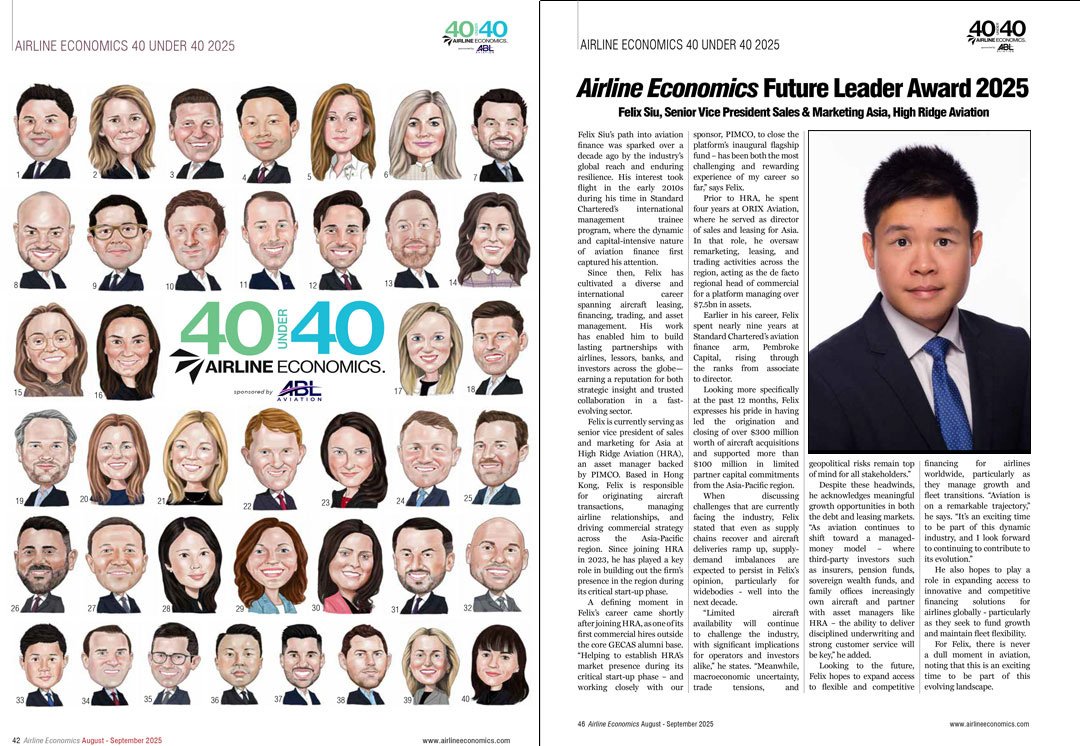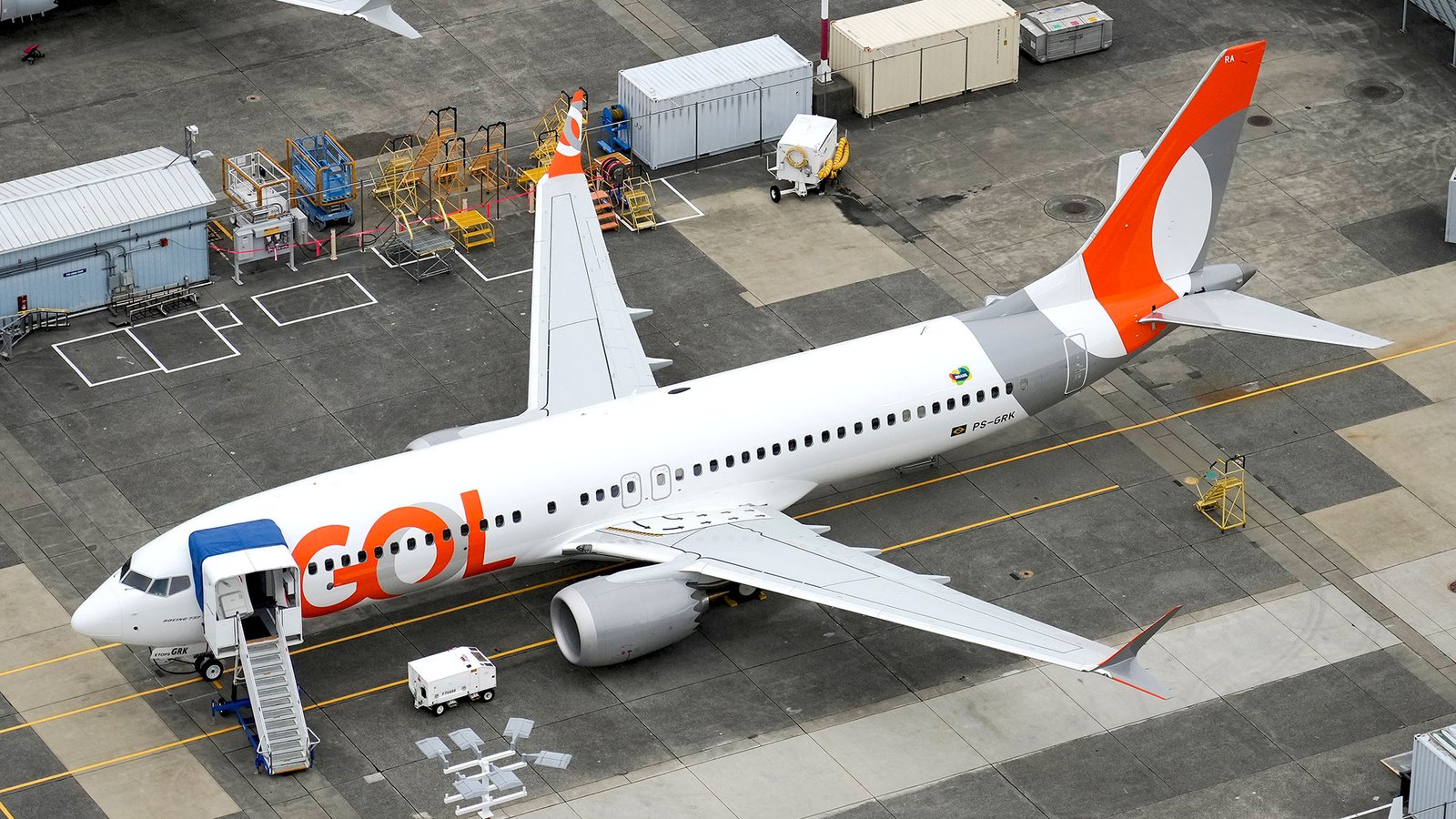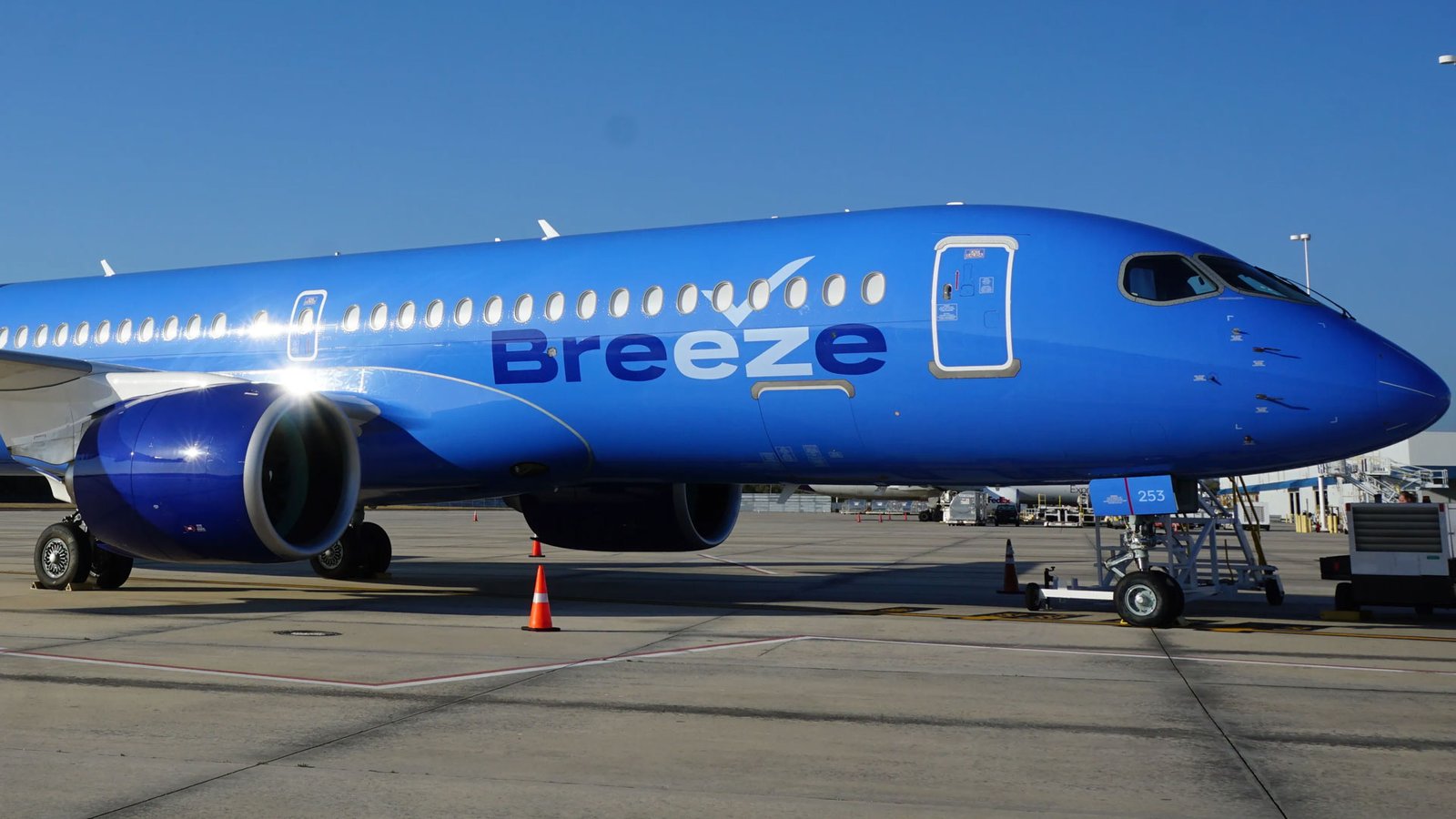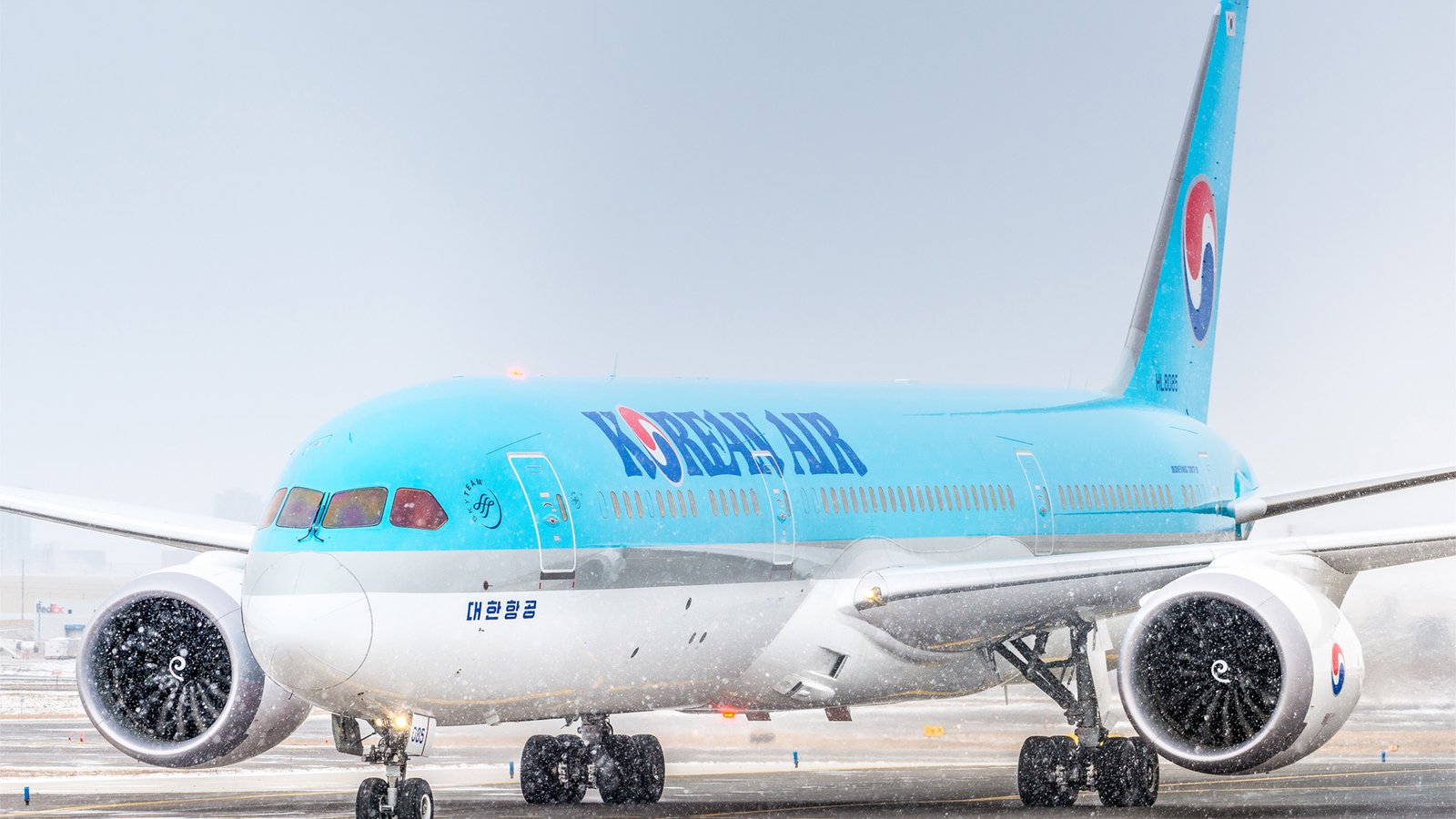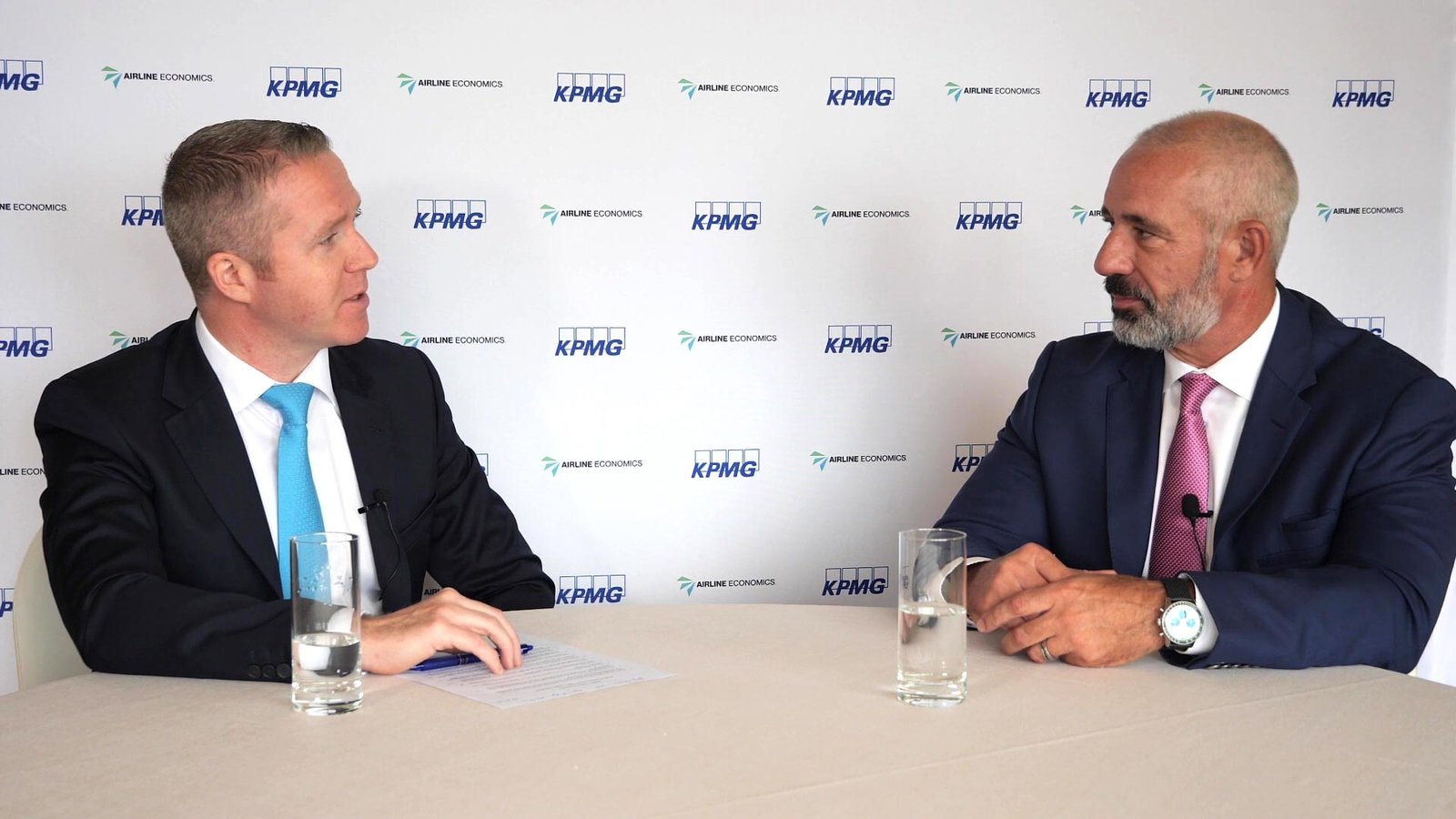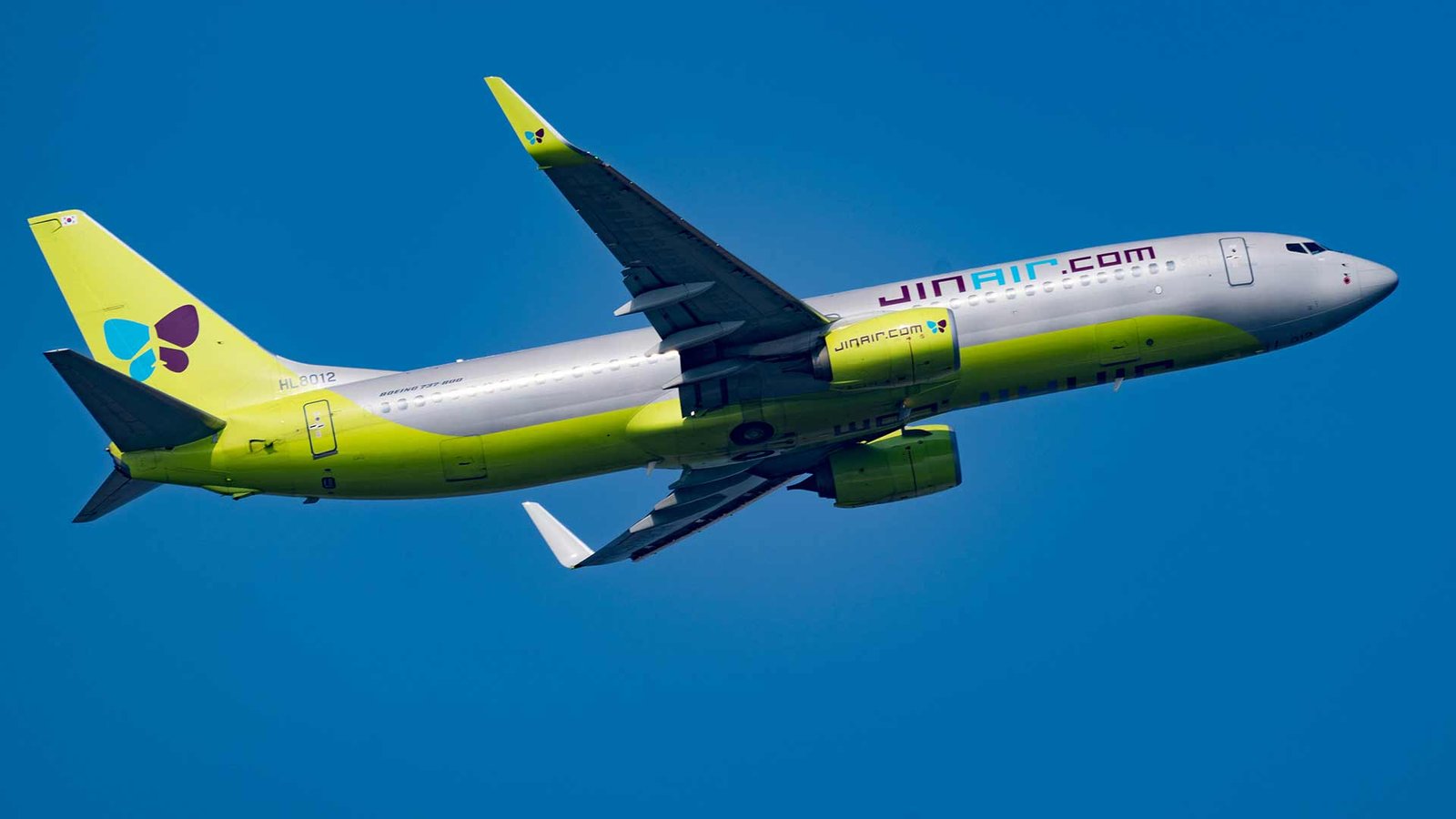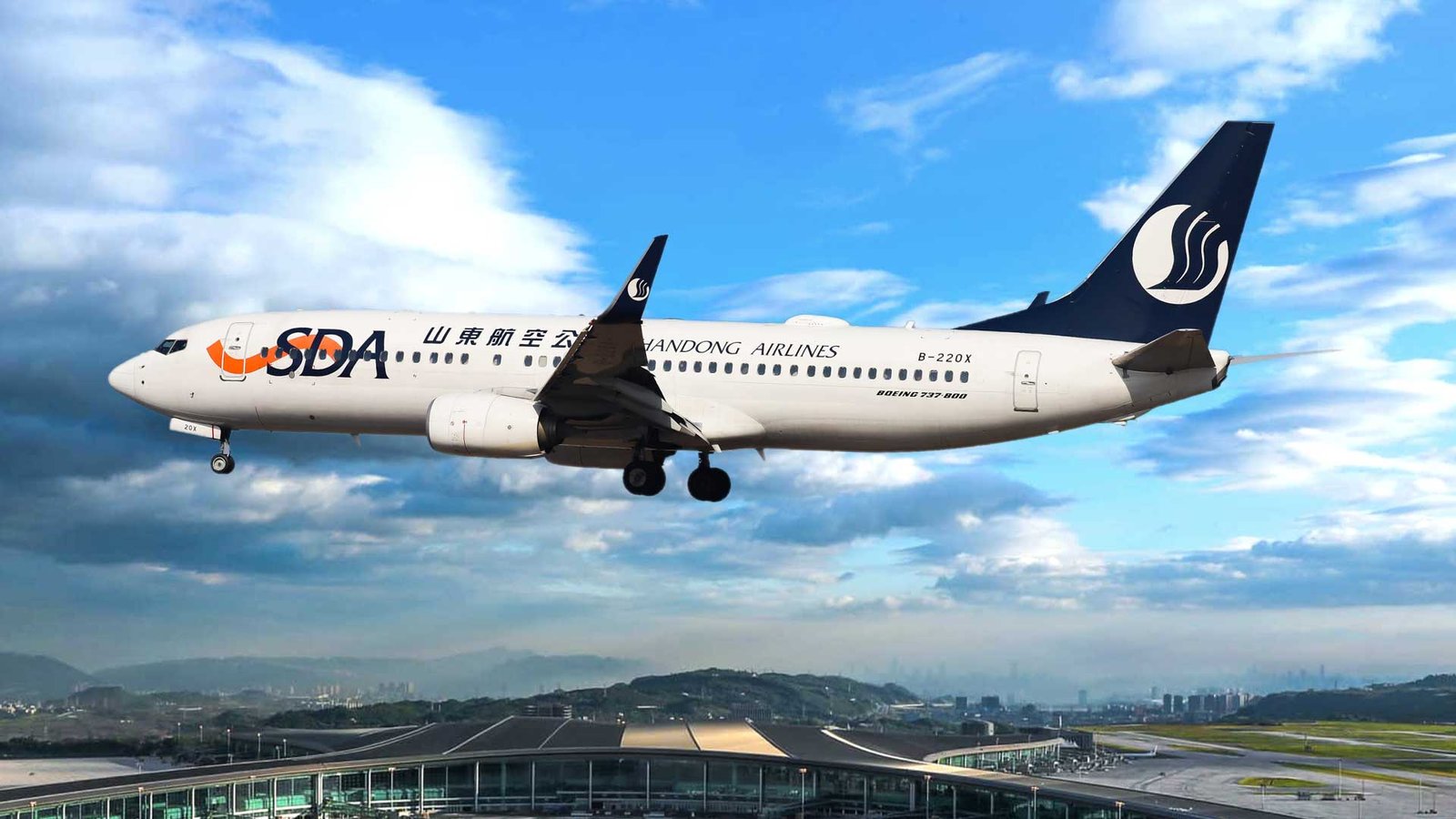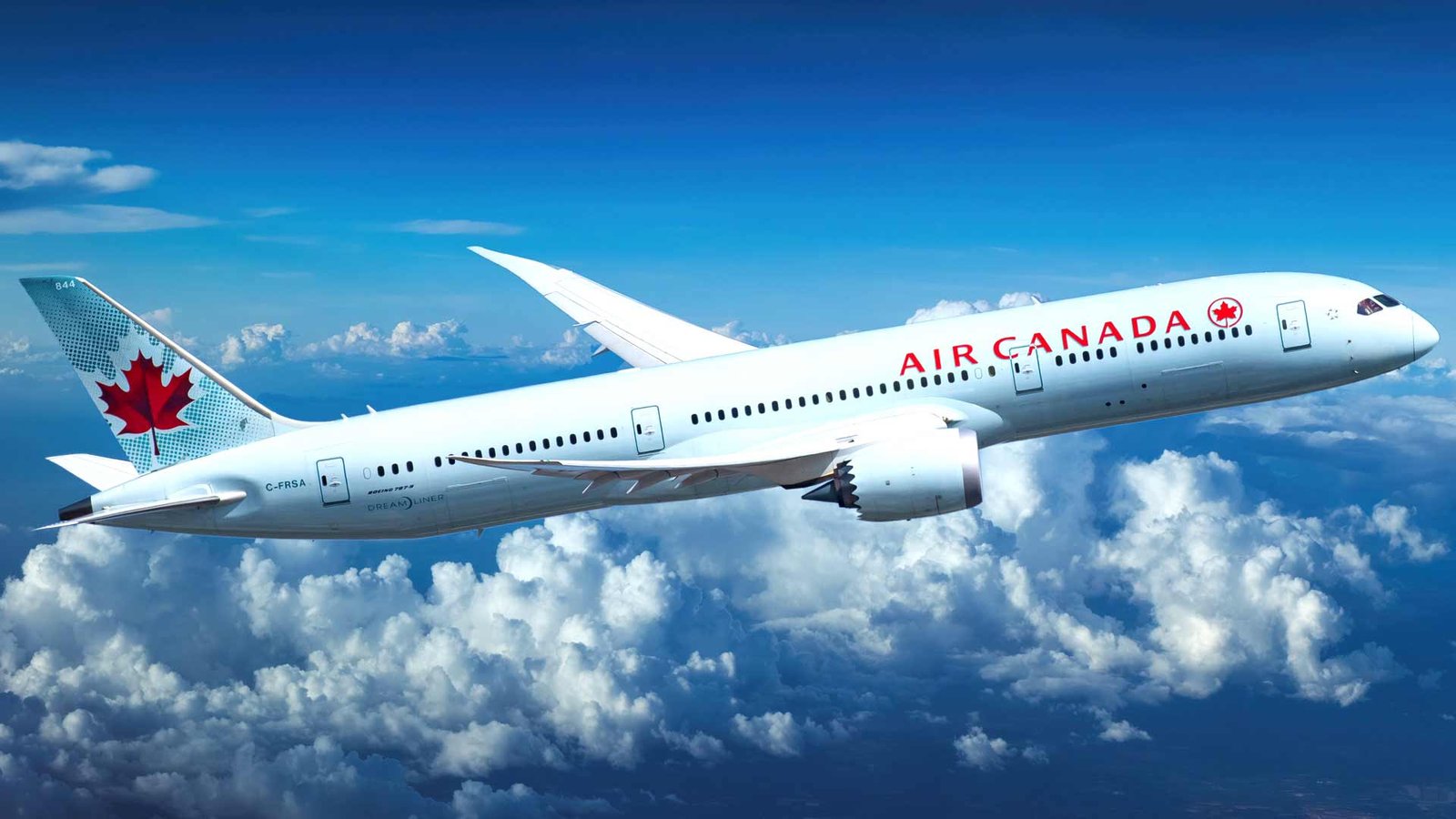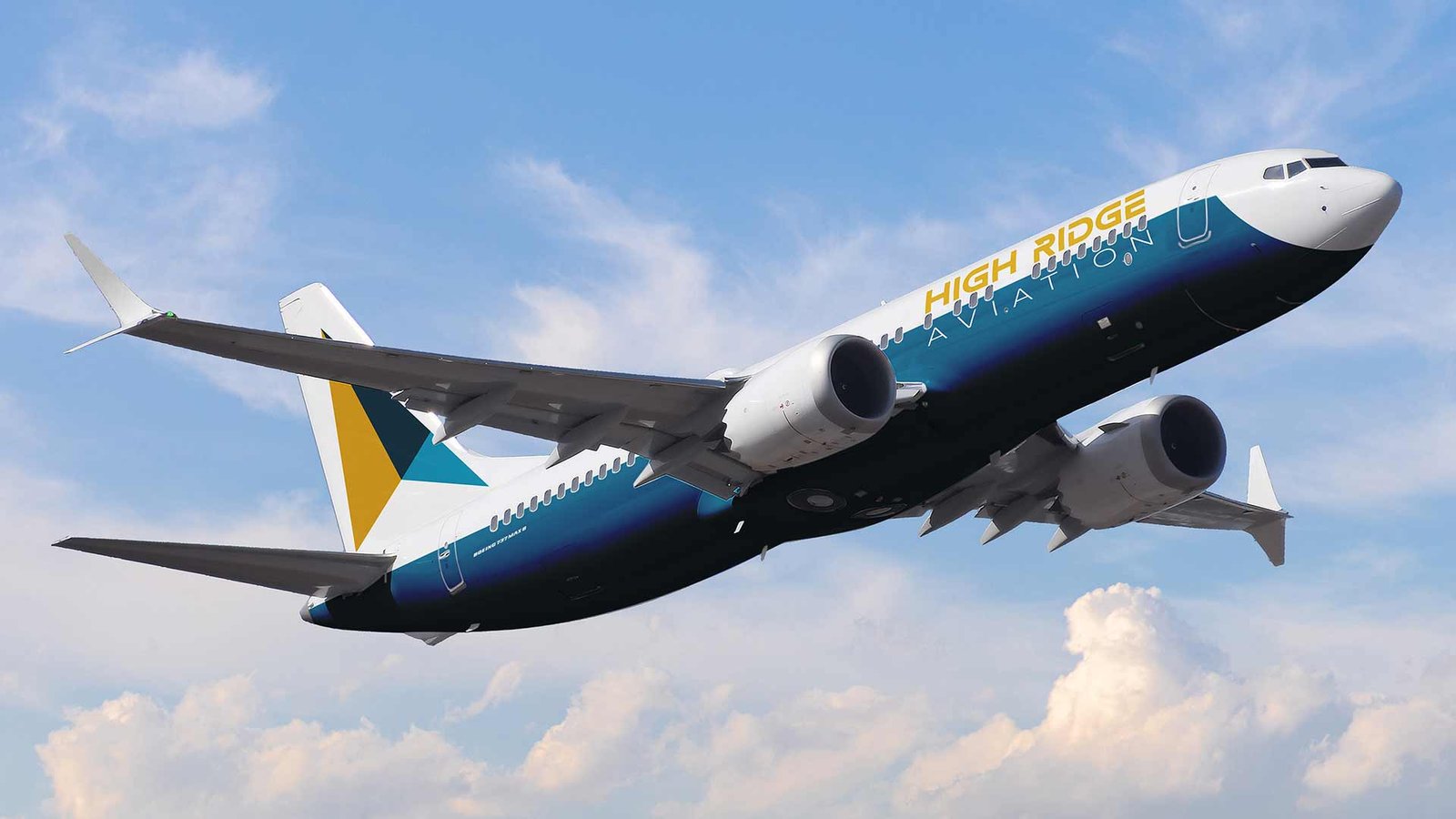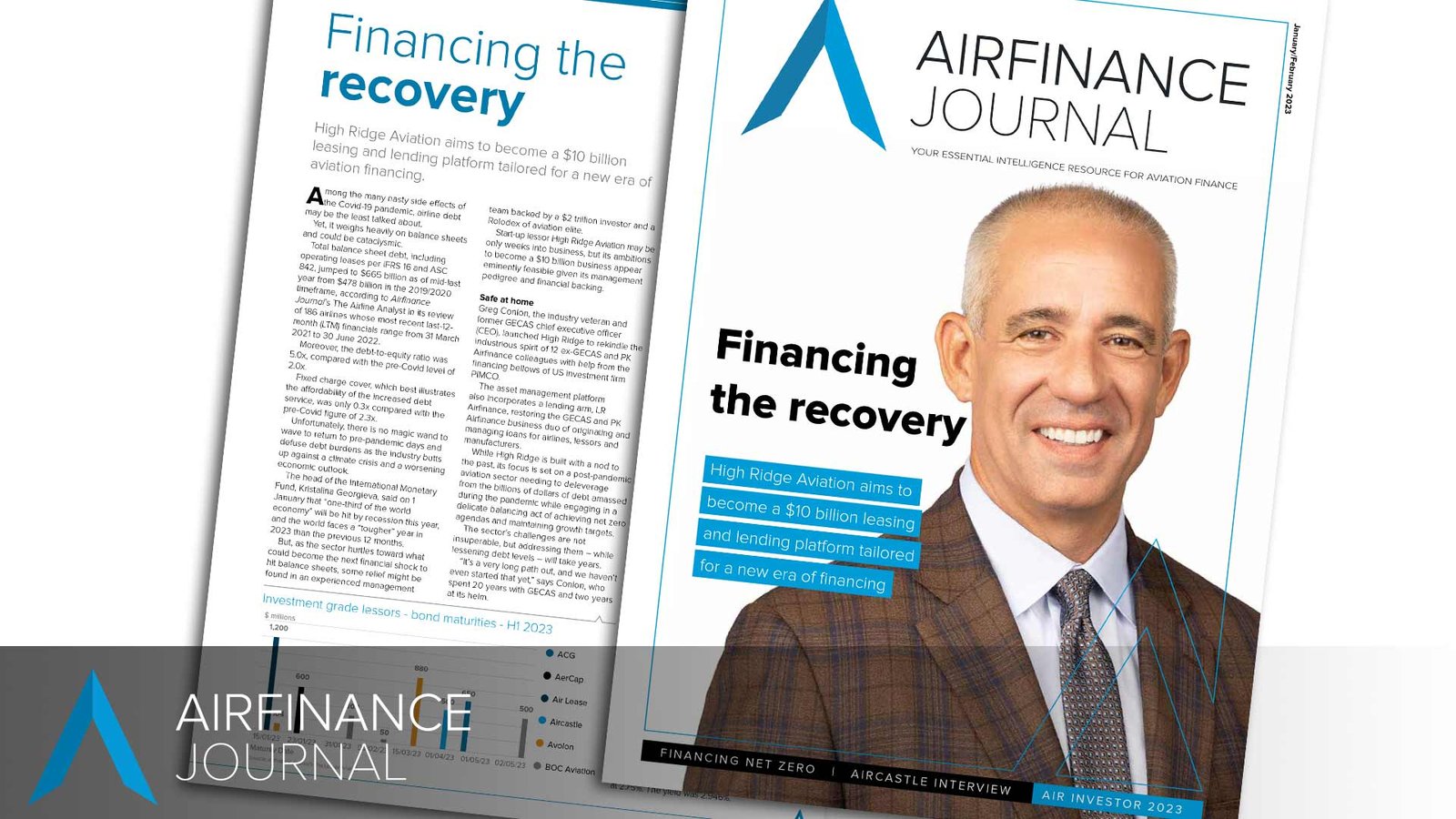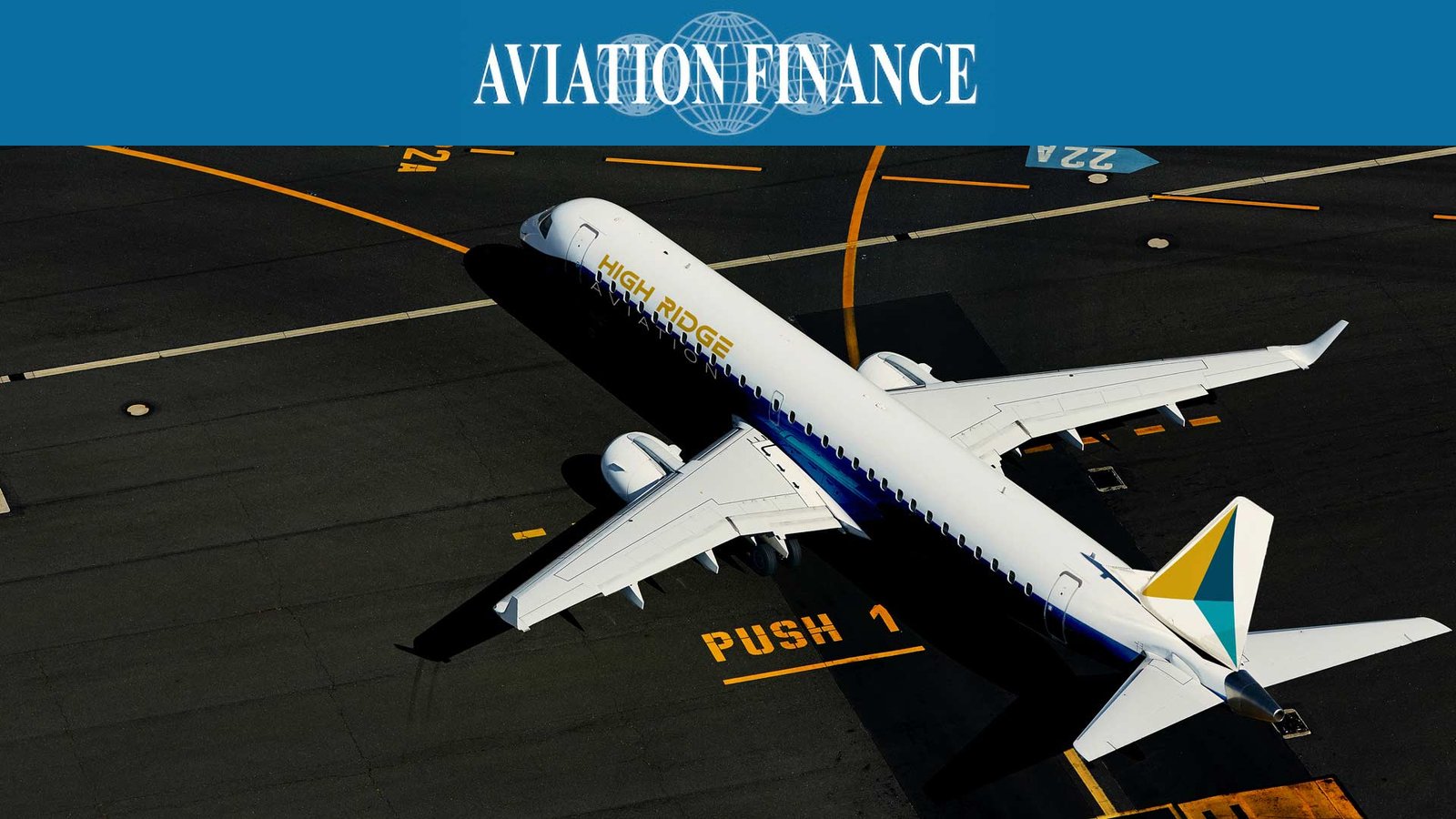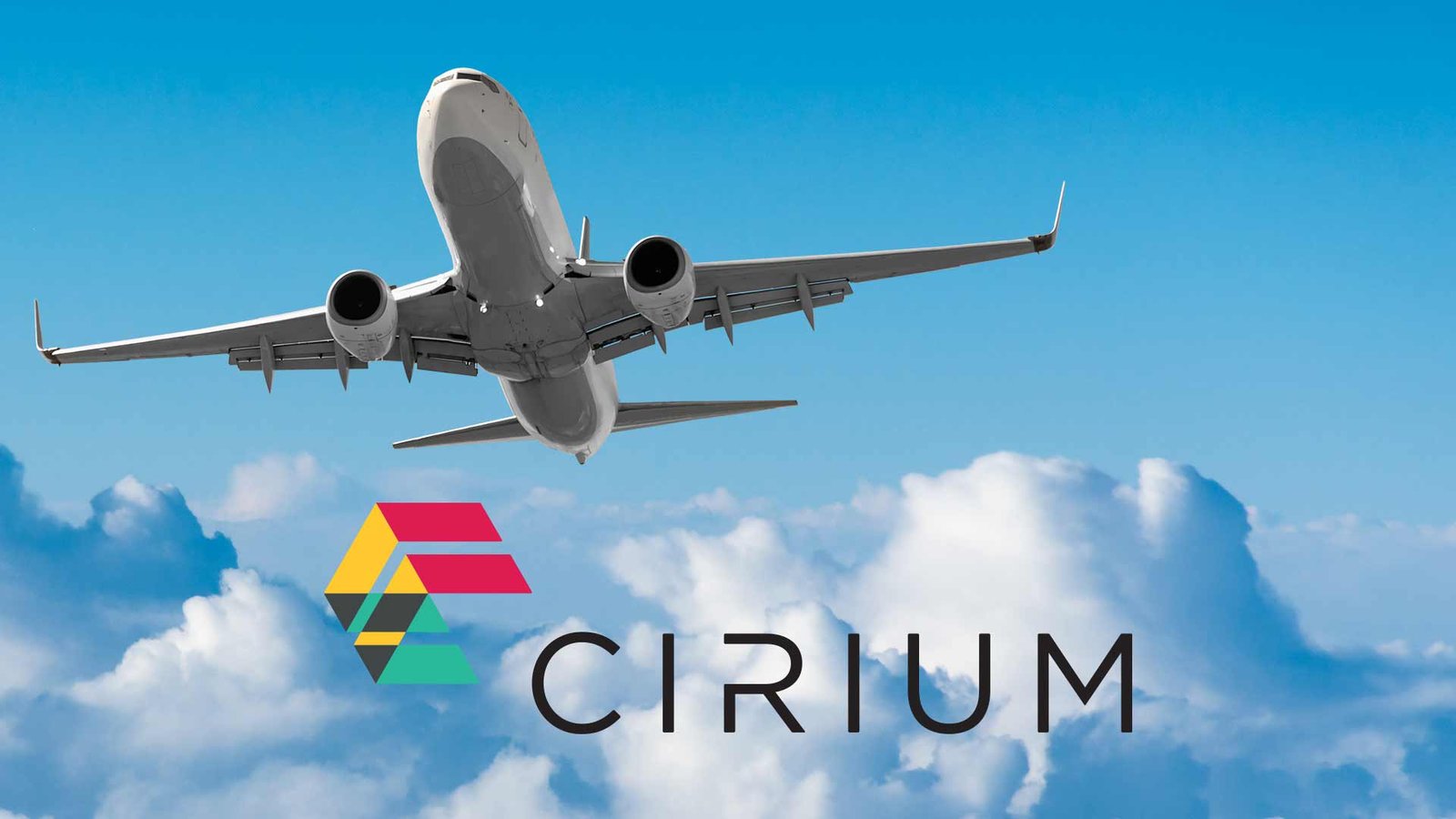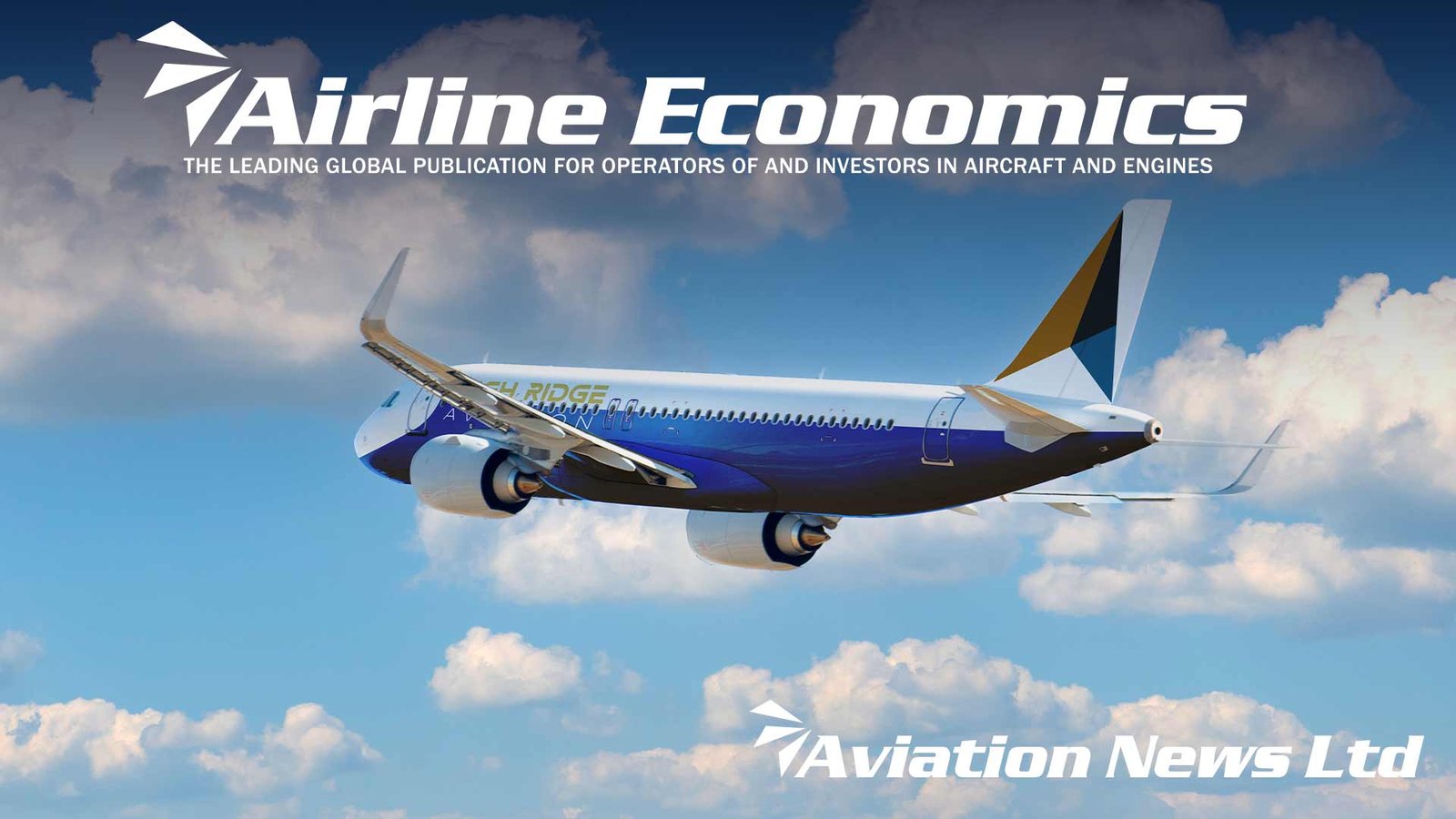In this interview, High Ridge Aviation CEO Greg Conlon sits down with James Kelly, Head of Aviation Finance, KPMG Ireland to discuss the state of the aviation finance market heading into 2026. Conlon shares insights on supply-demand dynamics, engine reliability, trading activity, capital markets, and the evolving role of private capital in the sector.
Participants:
• James Kelly, Head of Aviation Finance, KPMG Ireland
• Greg Conlon, CEO, High Ridge Aviation
Recorded: October 2025
Kelly
Hello and welcome. I’m James Kelly, Head of Aviation Finance at KPMG. On behalf of KPMG and Airline Economics, I’m delighted to welcome Greg Conlon, CEO of High Ridge Aviation, who joins us here in October 2025 for our Aviation Industry Leaders Report.
Greg, before we begin, could you give viewers a sense of High Ridge Aviation—what you do and how the business has progressed through 2025?
Conlon
Absolutely, and thanks for having me, James.
High Ridge Aviation is a full-service asset manager. We originate and manage senior secured loans, junior loans, operating leases, and finance leases on commercial aircraft. We launched in October 2022, so we’ve just passed our third anniversary.
We partner with PIMCO, which raises capital for us and is a joint owner of the platform. We closed our first fund at the end of last month and have now started raising our next fund as we head into year-end and early next year. We’re looking forward to continuing to grow in the sector.
Global Demand & Regional Dynamics
Kelly
If we broaden out to the aviation market, what are you seeing in terms of global demand? How strong is it, and what differences are you seeing across regions—the Americas, Europe, and Asia?
Conlon
Globally, the supply–demand imbalance is largely unchanged from when we spoke last year in Singapore. There remains a significant gap between aircraft demand and available supply.
The OEMs are making progress—Airbus targeted about 800 deliveries this year, roughly 70 per month, which is very high. Boeing’s pace has also improved. But engine availability continues to constrain both new aircraft and aircraft already in service, particularly the latest-generation engines that are still working through well-known technical challenges.
Even in a “normal” environment we’d be tight on engines, but with unexpected removals and early shop visits, the shortage is more acute. As a result, the first available slots for new orders are now well into the next decade, and meaningful quantities of aircraft may not arrive until well after that.
Beyond engines, the MRO and supply-chain constraints persist—everything from maintenance capacity to seat refurbishment is creating delays in transitions. As lessors, we want minimal downtime between lessees, but that’s not the market we’re in today.
There are benefits: tight supply supports lease rates and asset values, but it’s still a challenging operating environment.
Regionally:
• United States: Supply feels more balanced—perhaps even slightly oversupplied—so demand for new aircraft isn’t as intense.
• Europe & South America: Strong growth and strong demand.
• Asia: Several airlines still carry legacy debt from COVID-era restructurings, and many didn’t receive the same level of government support or structured reorganization seen elsewhere.
Overall, there is still more demand than supply globally.
Geopolitics, Tariffs & Travel Demand
Kelly
This year we’ve seen trade issues and geopolitical tensions. Some tariff disputes now appear resolved for aviation, but could those tensions indirectly impact the sector—either through consumer demand or the cost of aircraft delivery?
Conlon
They can have some impact, mainly through uncertainty. Markets don’t like uncertainty—whether related to tariffs, geopolitics, or interest rates.
During the U.S.–Canada tariff discussions, we saw tourism flows temporarily shift as travelers routed around the U.S. But it wasn’t material.
Aviation behaves almost like infrastructure. It’s essential—not just for business travel but for cargo and commerce. When something is essential, markets tend to find a way around disruptions, which is why tariffs have had limited sustained impact on aircraft delivery flows.
We monitor geopolitical risks carefully, especially U.S.–China relations, but we don’t see a significant systemic threat from current tensions.
Engine Reliability & Delivery Improvements
Kelly
You mentioned improvements on the supply side. Will engine reliability increase quickly in 2026, or will it be a slower burn? And what might that mean for your business?
Conlon
Every new-technology engine has a teething cycle. These engines are expected to deliver more performance with less fuel, which requires more complex engineering. Because we’re now pushing up against the limits of engine efficiency, we’re seeing more teething issues than the industry expected.
Will reliability improve? Yes.
Pratt & Whitney, for example, is forecasting that they’re moving through the toughest part of the replacement cycle and should see improvement over the next 18–24 months. GE is on a similar path.
The open question is cost—how expensive reliability will be for operators and owners going forward. But improvements are coming; the economics just need to settle.
Lease Rate Factors
Kelly
Where do you see lease rate factors heading in 2026?
Conlon
Lease rate factors vary by aircraft type, but broadly, they’ve increased roughly 15% since pre-COVID, driven by supply-demand imbalance.
Interest rates influence lease rates, but lease rates lag—they’re not the leading indicator. With expectations of rate cuts in the U.S., that could eventually flow through to lower ownership costs.
But generally, I expect lease rate factors to remain sticky over the next 18–24 months, because supply and demand won’t rebalance until late in the decade.
Airline Bankruptcies
Kelly
We’ve seen several high-profile bankruptcies recently, but bankruptcies are always part of the sector. Are you seeing any concerning trends?
Conlon
No systemic concerns.
Spirit was a unique case: an ultra-low-cost carrier facing rising costs in a highly price-sensitive customer segment. That model has limitations globally, but it’s not representative of the entire industry.
Major airlines have adapted by offering multiple cabin products—premium economy, extra-legroom seats, etc.—which has helped compensate for shifts in business travel. That diversified revenue model is proving very resilient.
So overall, we don’t see broad credit deterioration.
Secondary Trading Market
Kelly
How do you see the secondary trading market—values, participants, and activity levels?
Conlon
Trading volumes have grown significantly. In a typical year, OEM deliveries might total $80 billion, and historically we’d see $20–25 billion in trading. Last year we saw $60 billion shown to market. Not all traded, but the pipeline is large and growing.
That’s healthy: more trading improves liquidity, brings in more investors, and lowers the cost of equity—ultimately reducing lease rates for airlines.
More traditional lessors are now relying on trading rather than large order books, and new institutions are entering the space. Bidding is very competitive, but there are still opportunities with discipline and patience.
As for High Ridge: we’re preparing a portfolio financing—likely an ABS—in the next 3–6 months, and we expect to be selling aircraft over the next year as part of normal portfolio rotation.
Debt Markets & Financing Environment
Kelly
What’s your perspective on the broader financing markets—banks, bonds, ABS—and how is High Ridge thinking about its capital structure?
Conlon
Financing markets are very strong.
• ABS is having a near-record year, with A-notes pricing tighter than many expected—below 150, even 130 in some cases.
• CLO and private credit markets are also expanding.
• The commercial bank market is re-engaging, often with different structures given Basel capital constraints.
COVID gave investors real-world examples of how aircraft debt performs under stress, which has increased confidence.
For High Ridge, ABS is a core tool, but we also use private debt markets and long-term financing lines. Private credit investors like aviation: it’s yielding and asset-backed, which makes it compelling relative to other alternatives.
Equity Investors & Fundraising
Kelly
You’re raising your second fund. What’s the appetite like for aviation equity, and how do you position aviation relative to other asset classes?
Conlon
Investors value that aviation offers:
• Long-term, fixed-rate cash flows (8–12 years).
• Current yield from day one.
• Fungible, globally mobile assets.
A risk profile similar to infrastructure, but with higher yield and shorter duration.
We’re seeing interest from:
• Infrastructure investors
• Private wealth and family offices
• Sovereign wealth funds
• Multistrategy and private credit funds
Investors looking for access to aircraft residual value—which is otherwise hard to obtain.
The model is easy to understand, with decades of historical data, which appeals to institutional capital.
M&A Outlook
Kelly
We’ve seen a few large M&A deals this year. Do you expect more, and what opportunities do they create for High Ridge?
Conlon
Yes—there will likely be a few more major M&A transactions.
Large lessors need growth to maintain scale, but order book delays limit organic expansion, making M&A an obvious path. The challenge is that there are only so many viable platforms.
For High Ridge, we’re not seeking a platform but we’re active bidders for assets. Big M&A deals usually lead to portfolio optimization—buyers often sell aircraft that don’t fit their strategy—so each large transaction creates one or more follow-on opportunities.
We expect to participate actively in those.
Sale-Leaseback Market
Kelly
You’re very active in sale-leasebacks. How competitive is that market today?
Conlon
It’s extremely competitive. With fewer new deliveries, airlines running RFPs are seeing more bidders than ever.
For us, discipline is critical. We know our return targets and won’t pay for growth. Strong airline relationships remain central to our strategy—we want to maintain those primary relationships, not just buy portfolios on the secondary market.
Currently our mix is roughly 45% sale-leaseback / 55% trading, and that will continue to shift as deliveries normalize. M&A opportunities are additive but unpredictable.
Looking Ahead to 2026 and Beyond
Kelly
To wrap up—your optimism level for 2026, and the risks you’re most focused on?
Conlon
I’m optimistic. By 2026–2028, I expect a more balanced supply environment, improved engine performance, and clearer visibility on overhaul costs.
There’s no real substitute for aviation, so obsolescence risk is low. Technologically, we’re likely in a long stable period before the next generation of aircraft arrives in the next decade, which is good for investors.
Airlines have recapitalized and are repairing balance sheets. We also now know how to handle pandemic-style disruption if it ever occurs again.
So I see a healthy growth period ahead and look forward to being part of it.
Kelly
Greg, thank you for your insights. On behalf of KPMG and Airline Economics, we appreciate your time and wish you continued success.
Conlon
Thank you, James. I appreciate it.





